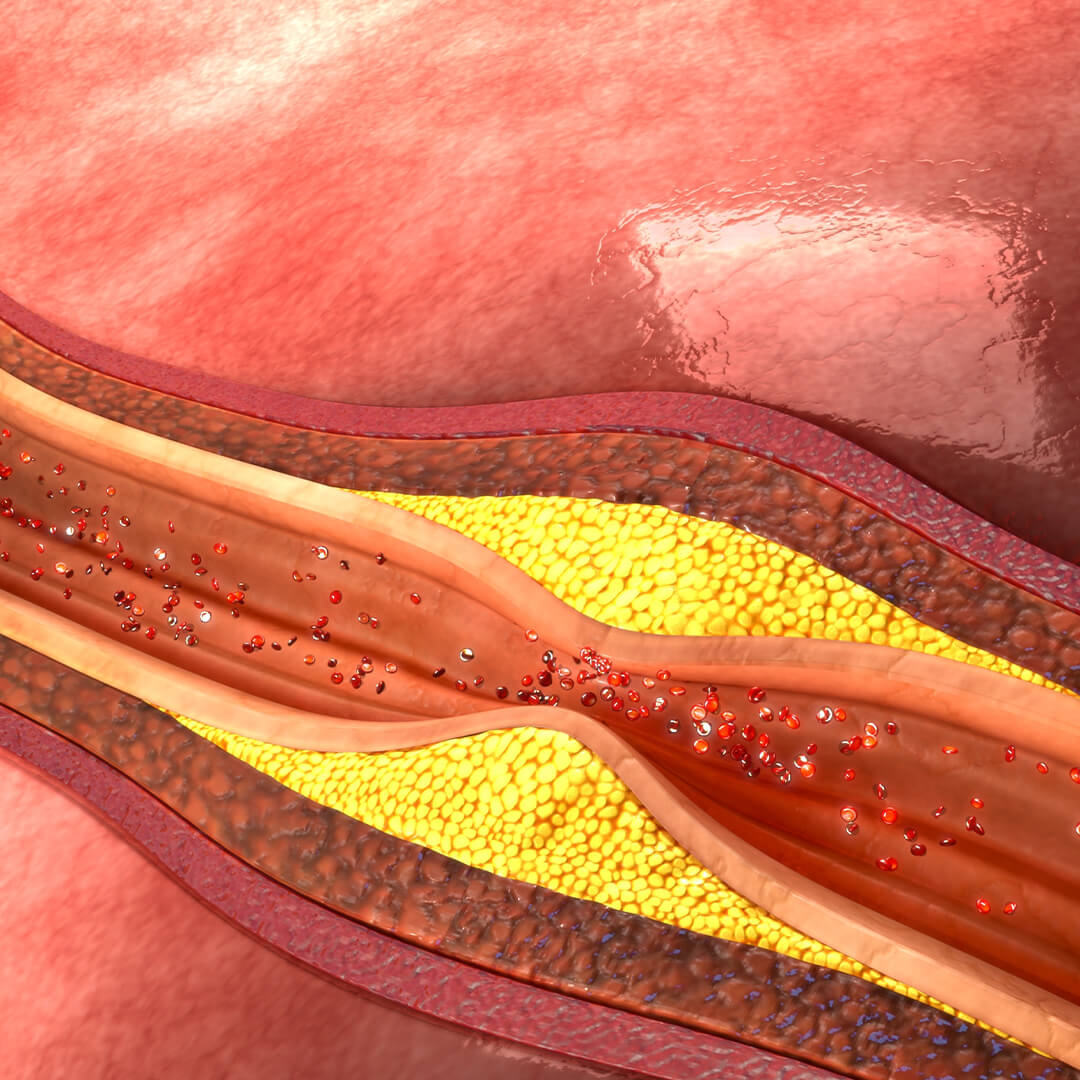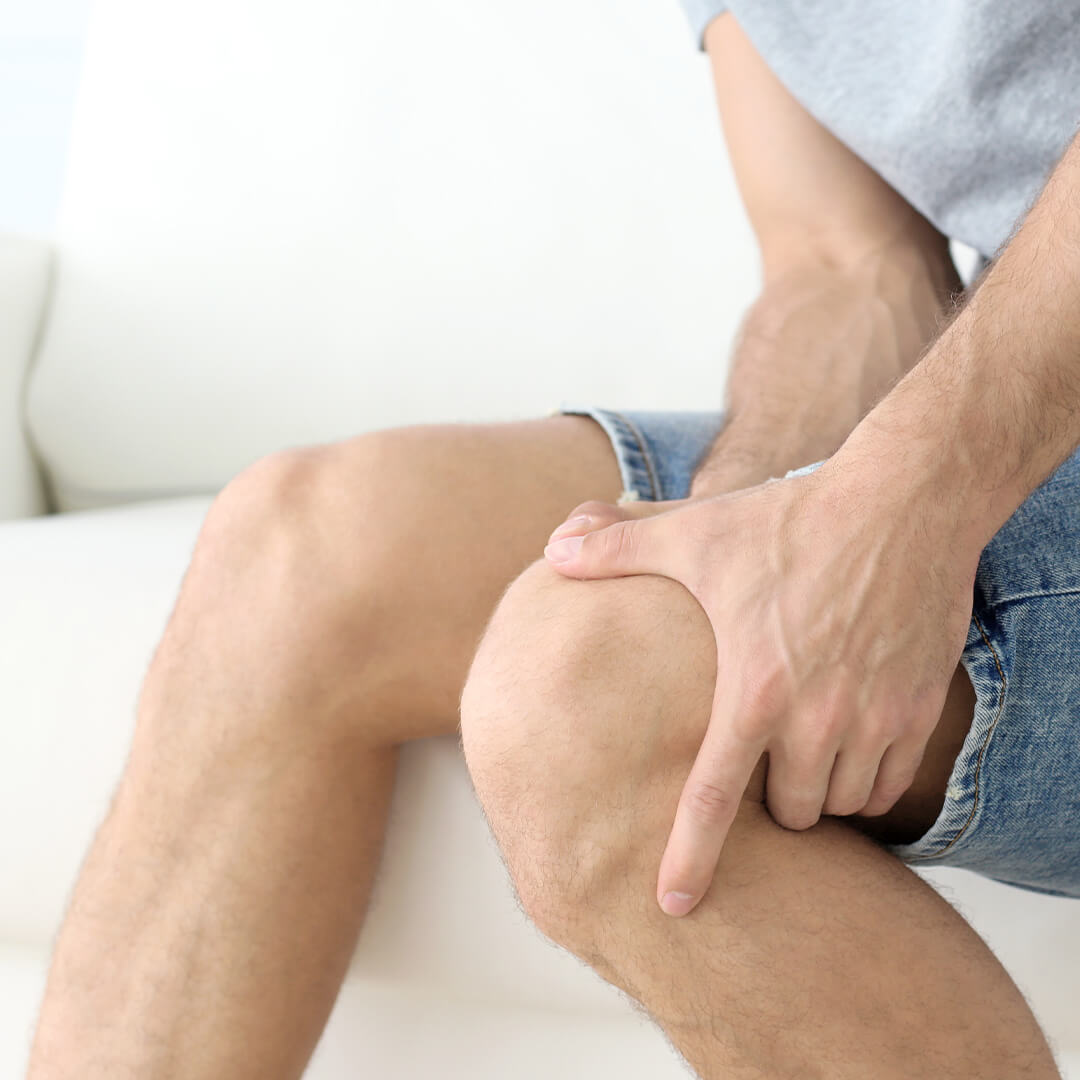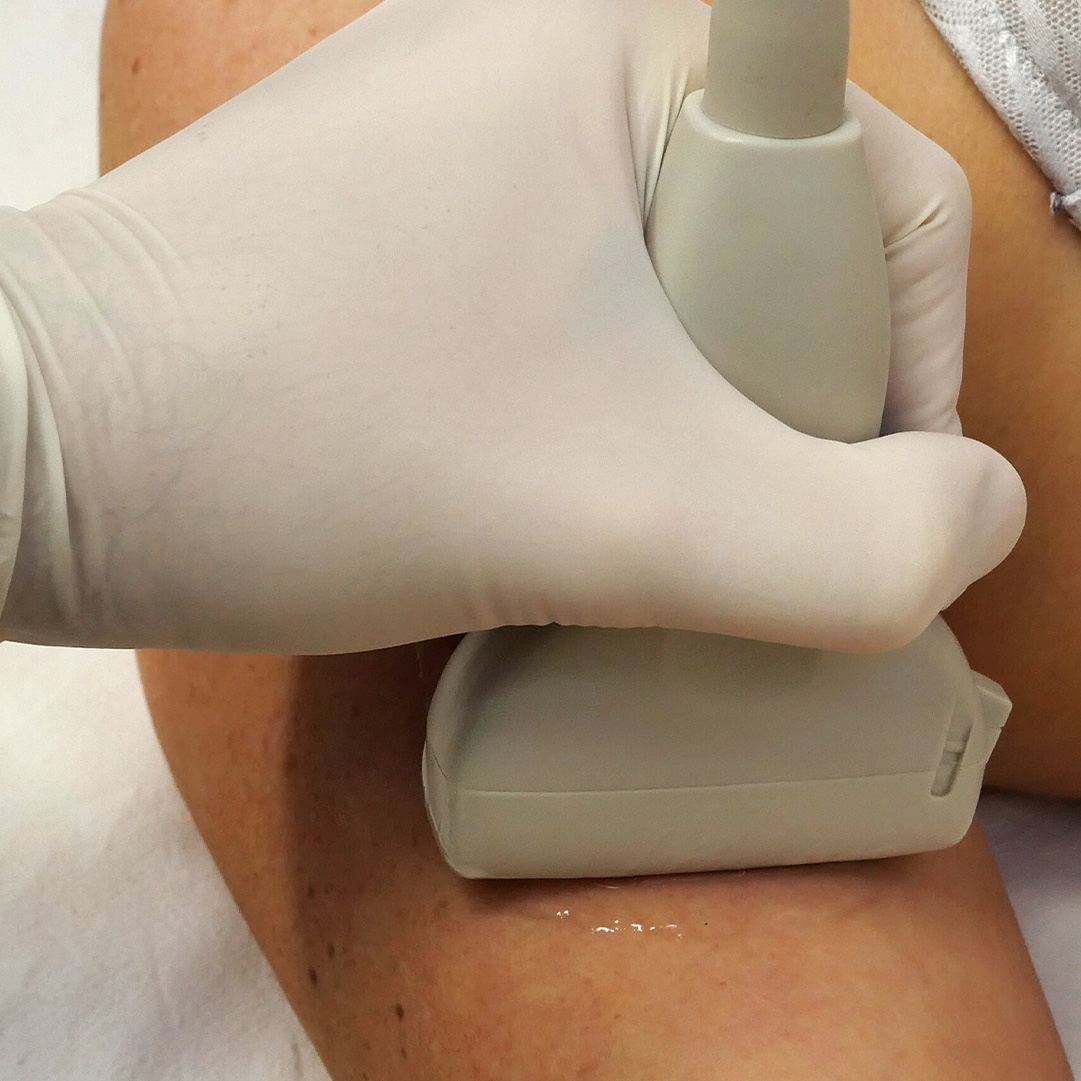Peripheral arterial disease (PAD) is a condition that affects the blood flow in the arteries that supply blood to your legs, feet, and arms. PAD typically occurs when these arteries become narrow or blocked due to plaque buildup, reducing the amount of blood flow to these areas. This can cause symptoms such as pain, cramping, and fatigue in your legs and feet during physical activity. PAD can also lead to serious complications such as amputation, non-healing wounds, and an increased risk of heart attack and stroke. However, early detection and treatment of PAD can help improve blood flow, reduce symptoms, and prevent the progression of the disease. Screening for PAD can help identify the presence of this condition and guide necessary steps for treatment and management.
Let the vascular specialists at Vascular & Interventional Specialists (VIS) in Nebraska, Iowa, and South Dakota help you! Schedule an appointment with us today and learn more about this vascular disease down below.
If you are experiencing chest pain or tenderness, back pain, persistent hoarseness when speaking, cough or shortness of breath, difficulty breathing, weakness or paralysis on one side of the body, sharp pain in your upper back that radiates downward, or pain in the chest, jaw, neck, or arms, seek urgent medical attention by dialing 911.

What Causes PAD?
Peripheral arterial disease is caused by arterial plaque buildup.
Arterial plaque buildup is the accumulation of cholesterol, fat, and other substances in the walls of the arteries. Over time, this plaque can harden and narrow the arteries, reducing the flow of blood and oxygen to the body's tissues. Risk factors for plaque buildup include smoking, high blood pressure, high cholesterol, lack of physical activity, and a diet high in fat and cholesterol. As plaque builds up, it can also rupture and cause blood clots, leading to blockages and further reducing blood flow. Maintaining a healthy lifestyle, including a balanced diet and regular physical activity, can help reduce the risk of plaque buildup and the development of PAD.



Prevention Tips for Patients
Certain lifestyle changes can help prevent PAD or mitigate more severe complications, including:
Get plenty of physical activity (30+ minutes, 5+ days a week)
Stop smoking or using tobacco
Maintain good blood pressure and cholesterol levels
Eat a heart-healthy diet, reduce sodium intake, and moderate alcohol use
Eat plenty of fruits and vegetables

